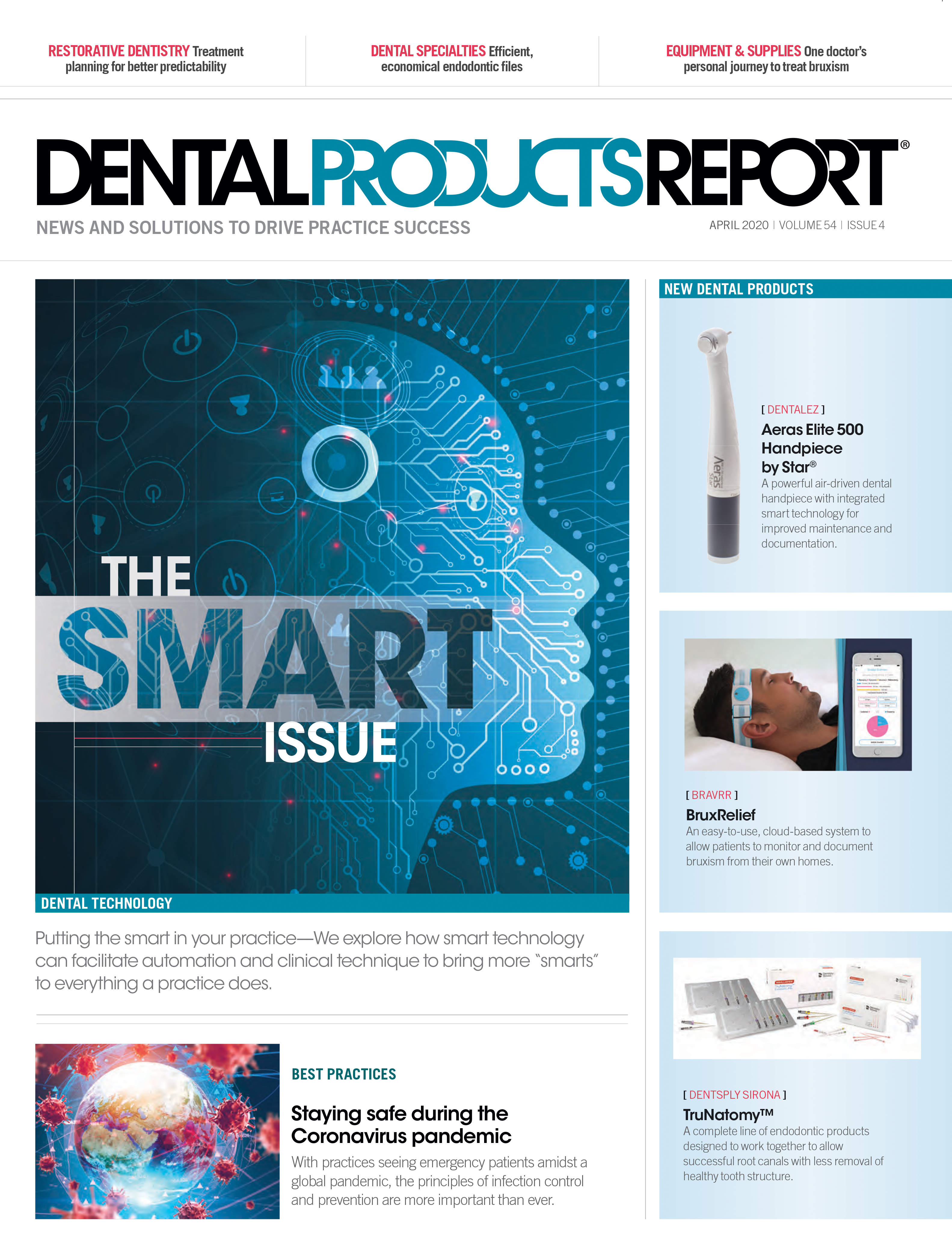Moving toward a pain-free practice
Movement and posture are key in staying pain-free during the delivery of dental care.

Dear Bethany: I read that one of the primary causes of pain in dentists is prolonged, static postures. Is that true, and, if so, how am I supposed to move when I am treating patients?
Dear Doctor: Yes, it is true that prolonged, static postures are indeed one of the primary mechanisms leading to pain in dentistry. However, there are several interventions you can do in the operatory to prevent the resultant accumulated microtrauma in your body.
Since four-handed dentistry was introduced in the 1960s, procedures have gotten longer, and dentists are taking fewer breaks. It’s time to take a closer look at how this risk factor is affecting your health in the operatory.
Your body was designed for movement. Over thousands of years, the human body has depended on movement for its survival; for example, if early humans didn’t hunt and gather food, they died. Human physiology has evolved around movement for thousands of years. In the last 250 years, with the onset of the industrial revolution, increasing numbers of workers have performed stationary tasks. More recently, with the advent of computers and as the number of sedentary jobs have increased, the number of Musculoskeletal Disorders (MSD) has risen dramatically, resulting in the formation of such organizations as the Occupational Safety and Health Administration and the National Institute of Safety and Health in 1970. One study showed the prevalence of low back pain has increased by 2,700 percent from 1980 to 1993.
When dentists assume static seated postures, more than 50 percent of the body’s muscles must contract to hold the body motionless while resisting gravity. These static muscle forces have been shown to be much more taxing than dynamic (moving) forces. During static, prolonged contraction, muscles do not receive adequate oxygen and nutrients, lactic acid cannot be removed, and painful ischemia may develop. Static pressures also diminish nutrition to the spinal disc and degenerative changes may occur.
When your body is repeatedly subjected to prolonged static postures, it can initiate a series of events that may result in pain, injury or a career-ending MSD. Muscle imbalances, ischemia, trigger points, joint hypomobility, nerve compression, and spinal disc degeneration are several physiological consequences of prolonged static postures.
Movement is required for optimal health of muscles, soft tissues, and spinal discs. Use these three Movement Strategies to help you move the workload from one group of muscles to another and to reduce static spinal disc loading.
Change operating positions. Moving frequently between 8-12 o’clock positions around the patient’s head is important. Every time you change positions, you slightly shift the workload to different muscle groups. Remember the 12 o’clock position is your most neutral position, where you are not reaching over the patient’s forehead or over their chest. Strive to deliver 70 percent of your dental care from the 11-12 o’clock positions.
Alternate stools. Research suggests that regularly changing your seated posture can reduce low back pain. Try a traditional chair with armrests in one operatory and a saddle-style stool in another. The saddle stool will place the operator halfway between standing and sitting, which uses different muscles than traditional seating and decreases spinal disc pressure. Evaluate chairs to see if they fit your body, height, and operatory layout.
Alternate between standing and sitting. One study reveals that dentists who alternate between standing and sitting have less low back pain than seated dentists. Consider standing for extractions, exams, denture adjustments, injections, and impressions.
Just as dentists need to be knowledgeable of the mechanisms contributing to oral pathology so they can effectively treat and prevent the progression of symptoms, they also must understand the mechanisms that contribute to MSDs so they can make informed choices regarding ergonomic equipment, exercise, and lifestyle. Having this knowledge is key in preventing and managing work-related musculoskeletal problems in clinical dentistry.
It’s time to bridge the gap of knowledge between dental ergonomics and work-related pain so dentists can move toward a truly pain-free practice.
